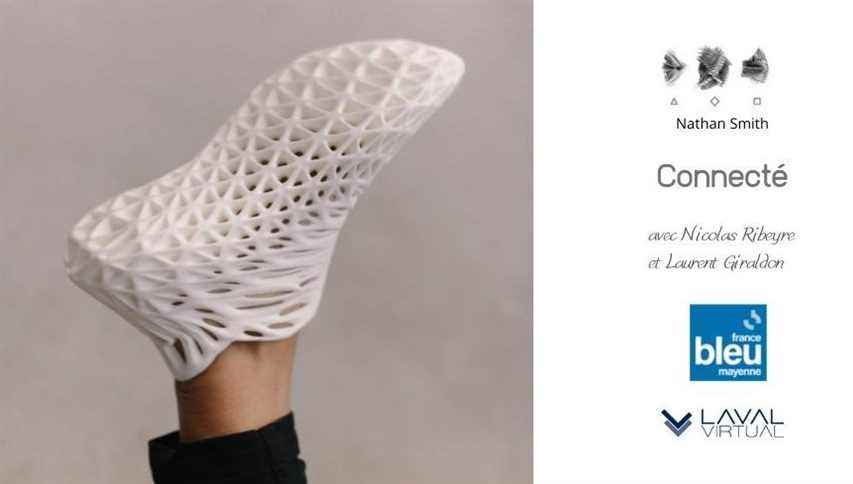A 3D printed shoe: What is it?
Recently, Nathan Smith unveiled a 3D printed shoe: the Parametriks Print 001 sneaker, printed using a very specific method: parametric design. Its flexibility allows it to be used for different uses such as running or walking. Parametric design is a mode of operation of computer-aided design software. It is about creating an object or a shape based on parameters that can be modified easily. In this way, the definition of the part to be manufactured is easily changed.
Using Grasshopper to design sneakers: why?
Nathan Smith decided to use Grasshoper to design and develop his shoe. Grasshopper is a plug-in (integrated program without a browser to extend its capabilities) which is integrated into the “Rhinoceros 3D” modeling software, used for the design of the shoe. The use of this program is no accident. Indeed Grasshopper offers its users, including Nathan Smith, the possibility of being able to modify the geometry of designs, simply by having to change the values of the parameters. This possibility allows the creator of parametriks Print 001 to be able, once he knows the exact measurements of a person, to offer him a sneaker that is perfectly adapted and individualized for each foot.
3D printing and parametric design are revolutionizing the world of production
For the design of the sneaker, Nathan Smith relied on machines based on the SLA (Stereolithography) process and finally chose to use TPU (thermoplastic elastomers) for the printing of the shoe. TPU is used in many industries due to its elasticity and flexibility. The sneaker has a lattice structure that gives it an original design and sets it apart from other sneakers on the market. Despite everything, the Parametriks Print 001 is still at the experimental stage, in particular because of the holes present under the sole. With this project, Nathan Smith wanted to show that the combination of 3D printing and parametric design can revolutionize production methods. Indeed, this method is able to offer fully personalized parts adapted to everyone, while using as few materials as possible. In a few years, the combination of these two technologies could well become the future of the production of consumer goods.
Nathan Smith on Behance
https://www.instagram.com/tv/CANkjDcpluV/:
